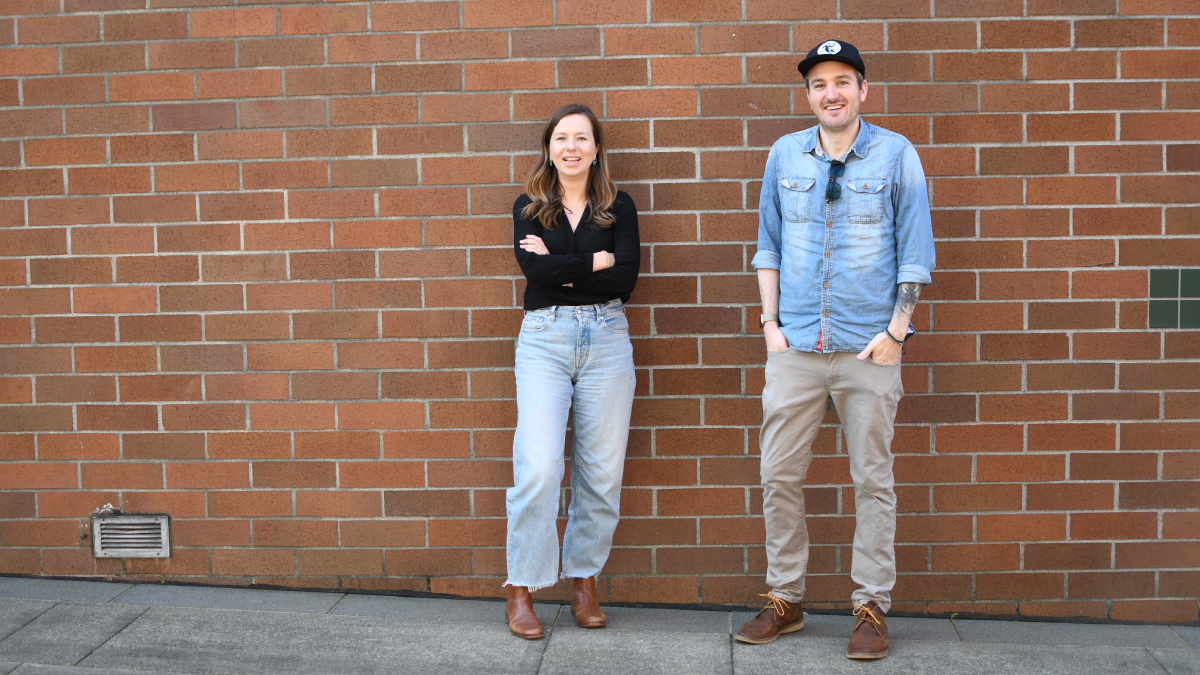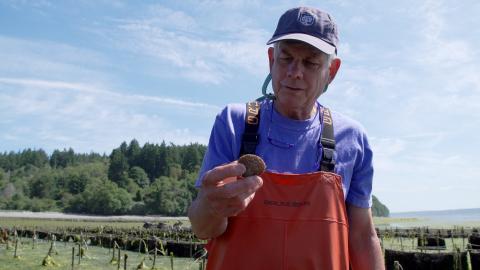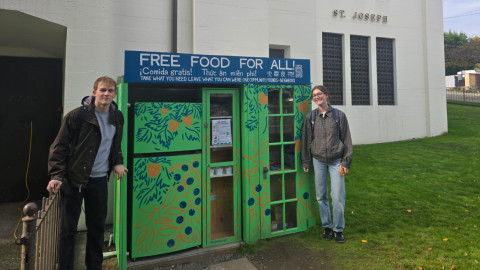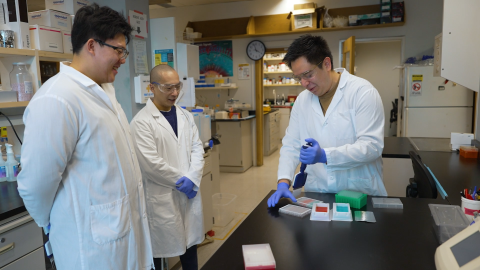A new digital tool developed by researchers in the UW Department of Environmental & Occupational Health Sciences (DEOHS) could help health jurisdictions in Washington state assess their readiness for emergencies such as earthquakes, wildfires and tsunamis.

Washington state’s 35 local health jurisdictions provide public health services like vaccine clinics, behavioral health facilities and maternal and child health clinics. These departments mostly operate at the county level, except for a few in rural areas that serve multiple counties.
To receive federal funding for emergency preparedness, these jurisdictions must complete risk assessments — and until recently, each jurisdiction did this independently. But the Washington State Department of Health wanted to standardize the assessment process using an evidence-informed tool.
“Local health departments have met the jurisdictional risk assessment requirement through different, non-standard approaches, and many don’t explicitly integrate considerations that we know impact public health outcomes in the aftermath of a disaster,” said Nicole Errett, associate professor in DEOHS and director of the Center for Disaster Resilient Communities (CDRC) and the Northwest Center for Evidence-Based Public Health Emergency Preparedness and Response. “WA DOH asked us to create a tool that was based on the best available evidence about what drives health risk from disasters.”
Creating an evidence-informed tool

Errett convened a team of CDRC researchers, including Kathleen Moloney, Mary Hannah Smith and Evan Mix, to further conceptualize and coordinate the tool’s development. First, Moloney and Smith identified tools developed by jurisdictions ranging in size from city to state. They assessed how these tools operated and what they could learn from them.
Next, they held focus groups with representatives of diverse local health jurisdictions, WA DOH, community-based organizations and health care coalitions to learn about their preferences.
“Washington local health jurisdictions are very diverse, both in terms of the resources they have available for public health emergency preparedness planning and the very different hazards faced,” Moloney said. “So, we had to think carefully about how to make something that was going to be usable for all local health jurisdictions.”
Moloney and Mix worked with experts like Tom Kiehne, a web developer who designed the user interface for the tool, as well as a data science team led by John Choe, an associate professor in UW Industrial and Systems Engineering, deputy director of the CDRC and director of the Disaster Data Science Lab, which built the model that turns inputs into outputs.
The Health and Hazards Risk Decision Support Tool

The result is a tool that Mix describes as “a web portal with detailed instructions and a step-by-step process for users to provide contextual information that then interacts with the model to produce an assessment.”
The tool, known as the Health and Hazards Risk Decision Support Tool, or H2azaRDS Tool, is nearing completion. “We have developed the tool, and it’s capable of producing assessment results,” said Mix. “We’re currently transferring that onto DOH’s system so that they can host it and operate it. We’re also in the process of building the front end that people will see.”
Once the front end is developed, the tool can be deployed for testing. The team has assembled an interdisciplinary project advisory committee of representatives from local health jurisdictions across the state, state and local emergency preparedness, healthcare coalitions, community-based organizations, WA DOH and Tribes. The advisory committee has been involved in the tool’s development since the start.
“As we developed each new component of the tool — the conceptual framework, where we were sourcing the data from, what hazards we were going to include in the tool, and what kind of outputs the tool would create — we would workshop that with our advisory committee,” said Moloney.
What next?

After the H2azaRDS Tool is ready on DOH’s website, Moloney and Mix plan to partner with DEOHS PhD student Haemin Park to host an additional round of focus groups with local health jurisdictions that will inform the implementation of the tool across the state, and ultimately its evaluation.
In the future, the team hopes that the tool will streamline periodic assessments and produce more informative results. “There's still a long way for the field to go, but having this tool will allow local health jurisdictions across our state to use a standardized and evidence-informed process to identify where gaps in preparedness are, where improvements can be made and where they're already doing well,” said Moloney. “And it will really minimize their workload.”
For more information, contact Kathleen Moloney at kmoloney@uw.edu or Evan Mix at emix@uw.edu.




